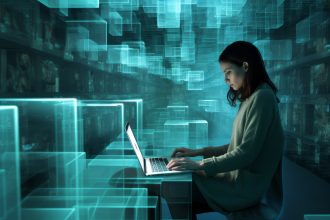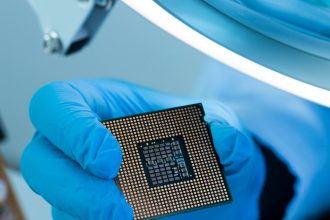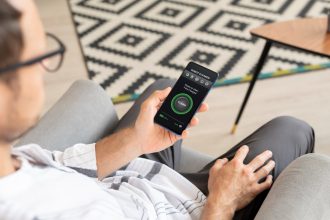What Exactly Are Digital Twins, and Why Are They Gaining So Much Attention in Our Cities, Industries, and Beyond?
Okay, let’s start with the basics. You might have heard the term “digital twin” buzzing around lately, especially in tech, urban planning, manufacturing, and healthcare circles. But what’s all the fuss about? Simply put, a digital twin is like a high-definition, virtual clone of a real-world object or environment — think of it as a super-smart mirror image that exists in the digital realm. These virtual replicas aren’t just static models; they’re dynamic, constantly updating versions that reflect the real-time state of the physical asset they represent.
Imagine you have a digital twin of an entire city. This digital city would include roads, bridges, power plants, water systems, public transit, and more. It’s all interconnected, monitored, and managed through a single digital interface. Whether it’s traffic congestion, energy use, or emergency response, everything is visible and controllable from this virtual control room.
So why are digital twins during a surge in popularity? Well, they’re transforming industries and urban planning by providing unprecedented insights. Traditionally, understanding complex systems involved a lot of guesswork, costly experiments, or waiting for problems to happen. Now, with digital twins, we can simulate scenarios, analyze potential issues, and plan better—all without risking real-world failures or wasting resources.
In cities, this means smarter traffic management, enhanced safety protocols, and energy efficiency. For manufacturers, digital twins enable predictive maintenance—spotting machine faults before they cause costly breakdowns. In healthcare, they’re exploring how virtual models of patients can help tailor treatments and monitor health more personally.
And here’s the kicker: these virtual models help us experiment with “what if” scenarios cheaply and safely. Want to test a new public transit route? Or see how a city might respond to a natural disaster? Digital twins make this possible without disturbing real-life residents or costing millions in trial-and-error.
All this adds up to a smarter, more efficient, and more sustainable way of living and working. That’s why governments, big companies, and tech innovators are throwing their weight behind digital twins — because they’re like the crystal balls of the 21st century’s urban and industrial landscapes. They help us understand the present, prepare for the future, and make smarter decisions along the way.
How Do Digital Twins Work, and What Are the Practical Benefits for Cities, People, and Machines?
So, you’re probably wondering: how do these digital twins actually work? It’s all about data, sensors, and a lot of clever technology working together. Think of a digital twin as a super-smart, constantly updating virtual model that takes real-world data and uses it to stay in sync with its physical counterpart.
Here’s the process in a nutshell: sensors—these tiny devices embedded in buildings, streets, machines, or even people—are constantly collecting data. This can be anything from temperature and humidity to movement, pressure, or GPS location. These sensors send this info in real time to a central system that acts like the digital twin’s brain.
Once the data is received, it’s analyzed using advanced algorithms, artificial intelligence, and 3D modeling tools. The system then updates the virtual replica, keeping it precise and current. For example, if a bridge starts to wobble slightly due to wind, sensors detect this, and the digital twin reflects that change immediately. Engineers can then investigate whether it’s a problem or just normal movement, all in the virtual model.
But the magic is in how this virtual twin can be used for testing and prediction. Suppose a city wants to see how changing traffic light timings might improve flow. Instead of guessing or relying on old data, city planners can run simulations within the digital twin. They can see how adjustments would affect congestion, pollution, or even emergency response times—all without interfering with real traffic.
In manufacturing, digital twins are doing something similar with machines. They monitor the health of equipment, predicting when parts might wear out or fail. Maintenance can then be scheduled just in time, avoiding costly breakdowns or production halts.
In healthcare, researchers are exploring creating digital versions of individual patients—a type of personalized digital twin. These models could help doctors simulate how a patient might respond to different treatments, leading to more effective healthcare tailored to each person.
Practical benefits? Plenty. For cities, digital twins mean better urban living—reduced pollution, faster emergency responses, and smarter resource use. For industries, they reduce downtime, cut maintenance costs, and boost safety. For people? They could get better healthcare and safer public spaces. For machines, digital twins extend lifespan and performance through predictive maintenance.
In short, these virtual models act like a crystal ball, helping us make smarter, faster decisions, often saving time, money, and even lives. As the technology improves, expect digital twins to become even more integrated into our daily lives—making our cities and industries not just smarter, but more resilient and sustainable. Digital twins aren’t just a cool tech trend—they’re shaping the blueprint for a smarter future.







